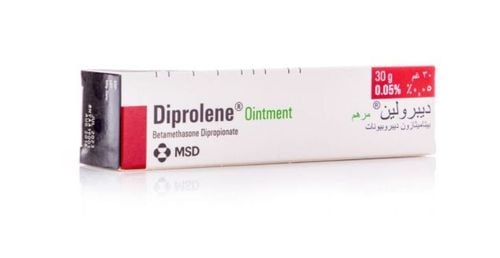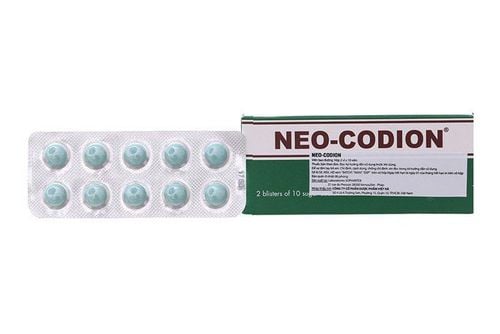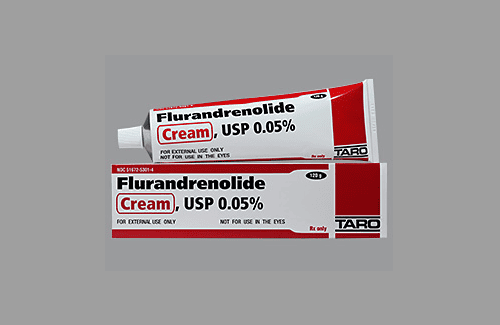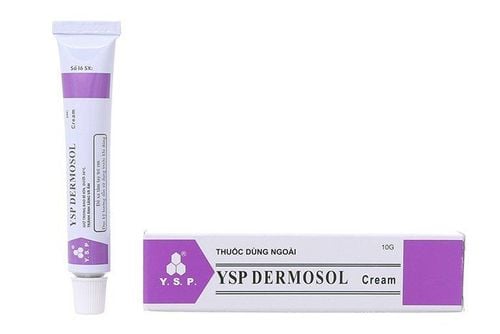This is an automatically translated article.
Asthma is a common disease in the respiratory tract and leaves many dangerous complications for patients. So what is bronchial asthma, what are the specific diagnostic criteria for bronchial asthma?
1. What is bronchial asthma?
Asthma is a common respiratory disease. The disease is triggered by personal or family history of allergic diseases or by exposure to environments containing allergens. Asthma can be effectively controlled and treated with medication.
2. Diagnostic criteria for bronchial asthma
Based on the characteristics of bronchial asthma, the diagnostic criteria are divided into 2 groups:
Family history, personal and respiratory symptoms. Test methods and techniques.

Có 2 nhóm tiêu chuẩn được sử dụng để chẩn đoán bệnh hen phế quản
2.1 Family and personal history and respiratory symptoms Family and personal history of allergic diseases such as asthma, atopic dermatitis, eczema, ... Bronchial asthma patients often have more One of the typical symptoms is shortness of breath, wheezing, dry cough, heaviness in the chest. The duration and severity of symptoms vary. Symptoms often appear and worsen early in the morning, upon awakening, or at night, while sleeping. Changes in weather, physical exertion at work or exercise, and exposure to allergens are all predisposing factors for the disease. After being infected with the virus, asthma symptoms often occur or get worse. Profuse nasal discharge and nasal polyps are uncommon but can be seen in asthmatic patients.

Tiền sử bản thân mắc các bệnh dị ứng làm tăng khả năng mắc hen phế quản
2.2 Testing methods and techniques Based on testing methods and techniques to diagnose bronchial asthma such as:
Listening to the lungs: Hearing a snoring crackling sound in the two alveoli of the lungs. Observe the chest: When breathing in, the chest expands more. Other signs of narrowing of the airways are tight muscles in the neck and shoulders. Measure expiratory function, including first second forced expiratory volume flow (FEV1) and peak flow rate (PEF): After the patient is on bronchodilators, repeat the measurement. When FEV1 increases by more than 200ml and is 12% greater than baseline, PEF increases by more than 60l/min, and over 20% after bronchodilator administration, the patient is diagnosed with bronchial asthma. PEF is also used to assess the severity and ability of patients to control asthma at home. Conduct PEF measurement in the morning and afternoon to monitor the change, day-to-day variation of PEF. Allergy skin testing: In some patients with skin allergies, antigens that cause allergic skin responses are also responsible for asthma.

Thực hiện các xét nghiệm dị ứng để chẩn đoán bệnh hen phế quản
Blood test : Measure the amount of antibodies against an antigen to assess whether a patient with bronchial asthma is allergic or sensitive to an antigen. Inhaled antigen: The patient is inhaled a specific antigen that can cause asthma and checked for constriction of the airways with a spirometer. In addition, asthma is also diagnosed by the following methods: X-ray or computed tomography (CT scan) of the lungs, echocardiography and electrocardiogram to differentiate asthma from other diseases. respiratory and other cardiovascular. The diagnostic criteria for bronchial asthma include family history, personal history, respiratory symptoms and some other testing methods and techniques.
Asthma is a chronic inflammatory disease of the respiratory mucosa, if not diagnosed correctly, asthma management will be very difficult. Therefore, patients need to be examined and treated at reputable clinics and hospitals as soon as possible.
Vinmec International General Hospital is the address for examination and screening of bronchial asthma and many modern treatment methods. With a team of highly qualified and dedicated doctors in their work, you and your loved ones will be examined, accurately diagnosed and proposed an effective treatment and control plan for asthma.













